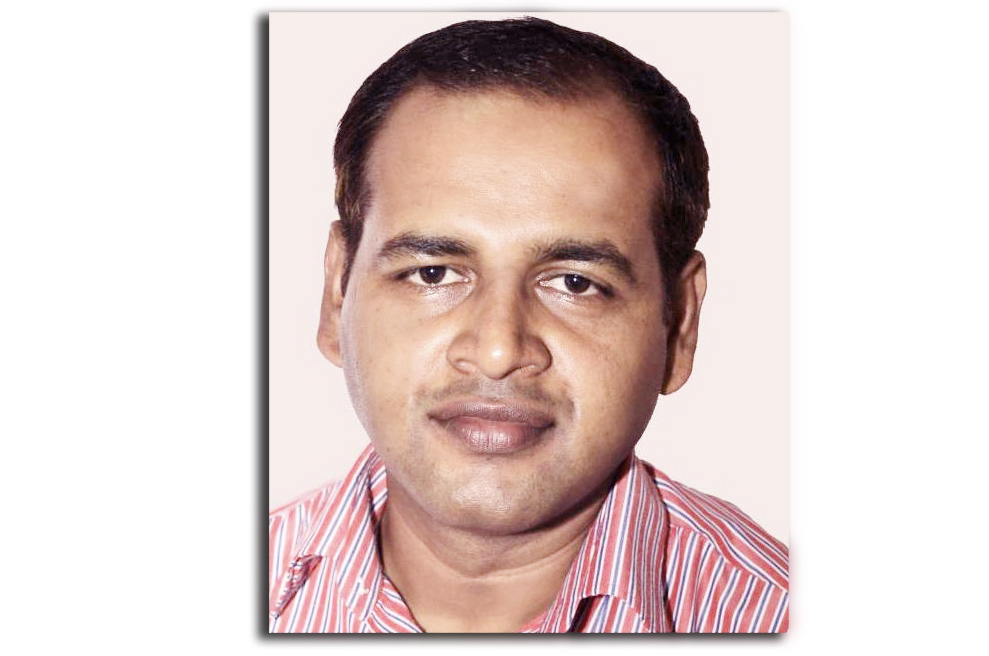By Gopal Khanal (KATHMANDU, 25 March 2021) – President Bidya Devi Bhandari paid an official visit to Bangladesh on 22-23 March 2021 at the invitation of Abdul Hamid, President of Bangladesh. She was special guest to attend the celebration of the birth centenary of Banglabandhu Sheikh Mujibur Rahman, father of Bangladesh.
Bangladesh became independent from Pakistan on March 26, 1971 and Nepal was the 7th country to extend recognition to it by establishing diplomatic relations on 8 April 1972.
Nepal and Bangladesh have been enjoying friendly and cordial relations since the establishment of diplomatic relations and have been sharing commonalities on major regional and global issues. Bhandari’s visit was historic. She was invited to pay respect to the father of Bangladesh. But, it was also a reciprocal visit from Nepali side as President of Bangladesh Abdul Hamid had visited Nepal in November 2019.
During her sojourn, President Bhandari held talks with her Bangladeshi counterpart Hamid and attended a state banquet hosted by the latter in her honour. Earlier on the same day, Bangladeshi Prime Minister Sheikh Hasina, daughter of Sheikh Mujibur Rahman, had paid courtesy call on President Bhandari. During the meeting, matters of mutual interest and bilateral cooperation were discussed.
Delivering her statement on the theme of ‘Nepal-Bangladesh Relations and Banglabandhu’s Birth Centenary’, Bhandari highlighted the excellent state of bilateral relations existing between the two nations.
Transit Route
The two nations signed four MOUs on Tourism Cooperation, Cultural Exchange Programme for 2022-2025 and Strengthening Sanitary and Phytosanitary (SPS) Cooperation. The three MOUs are significant in their own terms. But, a MOU on transit route between Nepal and Bangladesh and for third country trade is a milestone in boosting bilateral trade. The MOU on exchange of Letters on designation of Rohanpur-Singhabad railway route as an additional transit route for movement of traffic-in-transit between Nepal and Bangladesh and also for third country transit trade is momentous not only for Nepal and Bangladesh but also for the whole region for enhancing bilateral and multilateral connectivity.
Ending the sole dependency on India for third country transit trade, Nepal had signed historic Transport Transit (TT) agreement with China in 2016. And, now Nepal has opened a new transit route for third country trade via Bangladesh. Of course, both the countries have to forge understanding with India. It requires a trilateral understanding, which has already been ascertained.
Rohanpur is an active rail transit facility point of Bangladesh and it is connected by Singhabad railway station in Malda district of India. Nepal has been using Chittagong Port, which has heavy traffic. In such a situation, if Nepal uses Rohanpur dry port, it will have been a breakthrough for promoting Nepali trade.
Bangladesh and India have already agreed to facilitate overland transit traffic between Nepal and Bangladesh. On August 15, 1978 and September 6, 2011, two such agreements were reached between the two nations. India and Bangladesh agreed for allowing Rohanpur-Singhabad as an additional route for both bulk and container cargo for Nepali rail transit traffic in 2011.
Following the opening of Kakadbhitta-Phulbari-Banglabandhu transit route in 1997, Bangladesh had permitted Nepal to use the port facilities in Mongla. Now, Bangladesh has provided additional rail transit corridor to Nepal via Rohanpur-Singhabad.
According to Minister for External Affairs, Pradeep Gyawali, Nepal proposed with Bangladeshi officials for providing easy access to Nepali goods and products in the Bangladesh market to reduce the additional customs duties on Nepali goods and products, thereby slashing trade deficit with Bangladesh. This new railway transit facility is expected to further expand and diversify trade between the two countries.
High Importance
The exchanges of visits at various levels have strengthened the relations between the two countries. Nepal and Bangladesh have been working closely on issues of common interests and share similar views at various regional and international forums, including SAARC, BIMSTEC and BBIN.
That Bangladesh accords high importance to Nepal is evidently demonstrated as the President of Bangladesh himself received President Bhandari at the Banglabandhu International Airport. The meeting of two female leaders of South Asia – Head of the State of Nepal and Head of the Government of Bangladesh – provided a message of the power of women leadership in this region.
While assessing the President’s visit, Minister Gyawali has said that the bilateral meeting and agreements would add a new dimension to economic partnership. Both countries have given same priority in expansion of relation and support with India for strengthening trade relations of both countries, he said and added: ‘In these meetings discussions were held to move forward the cordial mutual ties along with economic partnership, and the leaders of both countries during the formal addresses have expressed such commitment.”
Both countries have moved ahead on the journey of prosperity together. Gyawali said: “This visit has become result-oriented and successful. The relations subsisting at the government and people’s level have been further consolidated.”
Now both sides should implement the agreements and MOUs in effective manner taking India into confidence. Since, Nepal and Bangladesh have signed agreement on energy trade, India has always been there as a part of that agreement. President Bhandari’s visit has also catapulted the concept of trilateral partnership between Nepal, Bangladesh and India.
- This article first appeared in The Rising Nepal


